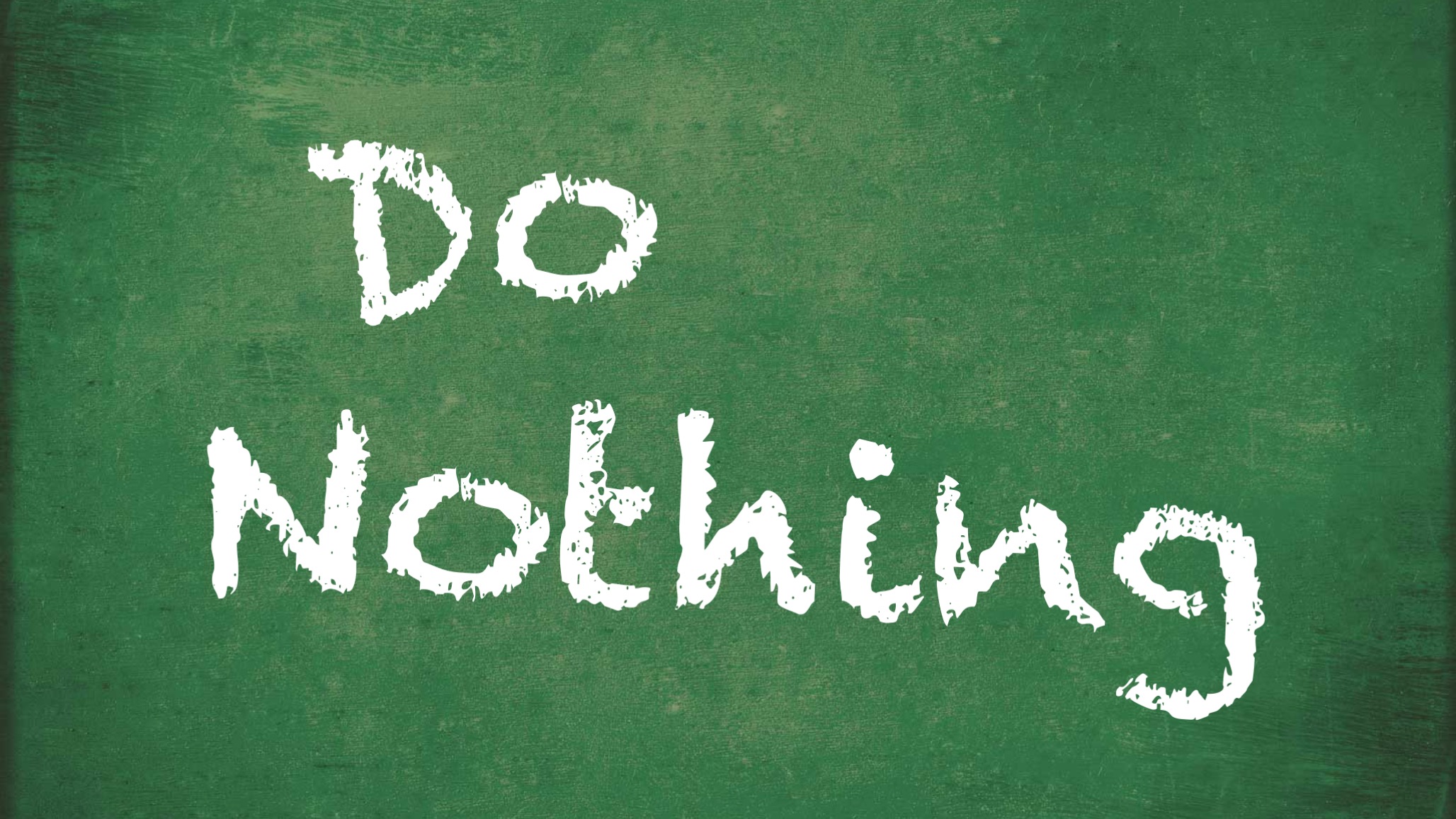Being absent-minded, entranced, daydreaming… science has a new definition for that: more productivity and creativity
A priori, staring into space doing nothing may clash head-on with the concept of productivity. However, according to science, you are opening up a new space in your brain in which to store knowledge or combine abstract elements that become creative ideas.
Against all odds, it seems that those little vacations we give our brains in the form of daydreaming—what is commonly known as being “spellbound”—allow us to activate parts of the brain involved in generating ideas and learning new concepts. Therefore, it is advisable to allow yourself, from time to time, to look up from the screen and disconnect from the world by doing nothing.
Conscious rest but without connection. Technically known as the quiet waking state, or popularly as daydreaming or being transfixed, it is a relaxed state of environmental awareness that helps the mind process complex thoughts while awake and at rest. It would be the equivalent of putting Airplane Mode on your cell phone, as the mind is conscious, but somehow the environment disappears and more abstract and creative thoughts take center stage.

More easily. Some people have a special facility for reaching this state of mind, but others achieve it by doing simple, repetitive tasks like washing the dishes, cleaning the car or hanging out the washing. Many great ideas come to you while you’re showering or cooking. Bill Gates has said in one of his question and answer sessions with Reddit users that one of his favorite activities for entering that state of mental relaxation is washing the dishes. Science backs it up.
Doing nothing boosts memory. Science has proven that stress impairs long-term memory retrieval, so a remedy to slow down that loss is to make the brain take a break from time to time. A study published in Nature magazine has reviewed the neuronal activity of mice while they were daydreaming, revealing the activation of different neuronal patterns and activating the hippocampus, the area responsible for memory and learning.
These findings point to the importance of incorporating this time of disconnection for the brain to consolidate knowledge and assimilate new data. Anecdotally, it seems that this phase of “doing nothing” contributes to being much more efficient and productive when you return to activity.
Let crazy ideas flow. When he was just 16 years old, Nobel Prize winner Albert Einstein was inspired to develop his Theory of Relativity, which would change the concepts of modern physics forever. Although the development was the result of years of work, the inspiration came to him while he was daydreaming.
The evidence. A study published in 2022 indicates that the mental state that the brain reaches when it enters this state of conscious reverie is similar to that which it adopts during creative processes, so it is not surprising that the result is the generation of new and creative ideas as a result of the combination of abstract elements and knowledge that we have learned. In this state, the brain becomes a cognitive sandbox for ideas and has fun playing with them and subconsciously coming up with new approaches.

The scenario is similar to that which occurs during the early stages of sleep, with the advantage that, when you wake up from this conscious “trance”, you will remember the idea and be able to develop or discard it, something that is not always achieved with ideas during sleep, which are forgotten upon waking.
I’m not stupid, I’m solving problems. Another of the benefits of reaching a state of conscious daydreaming demonstrated by science is problem solving. Studies relate the increase in creativity in this state to the increase in the capacity for problem solving.
Researchers have discovered that people who take time to daydream before tackling a problem show greater ability and do so more creatively. By performing magnetic resonance imaging on their brains, they have found that several regions of their brains were very active, including the executive network related to solving complicated problems.









